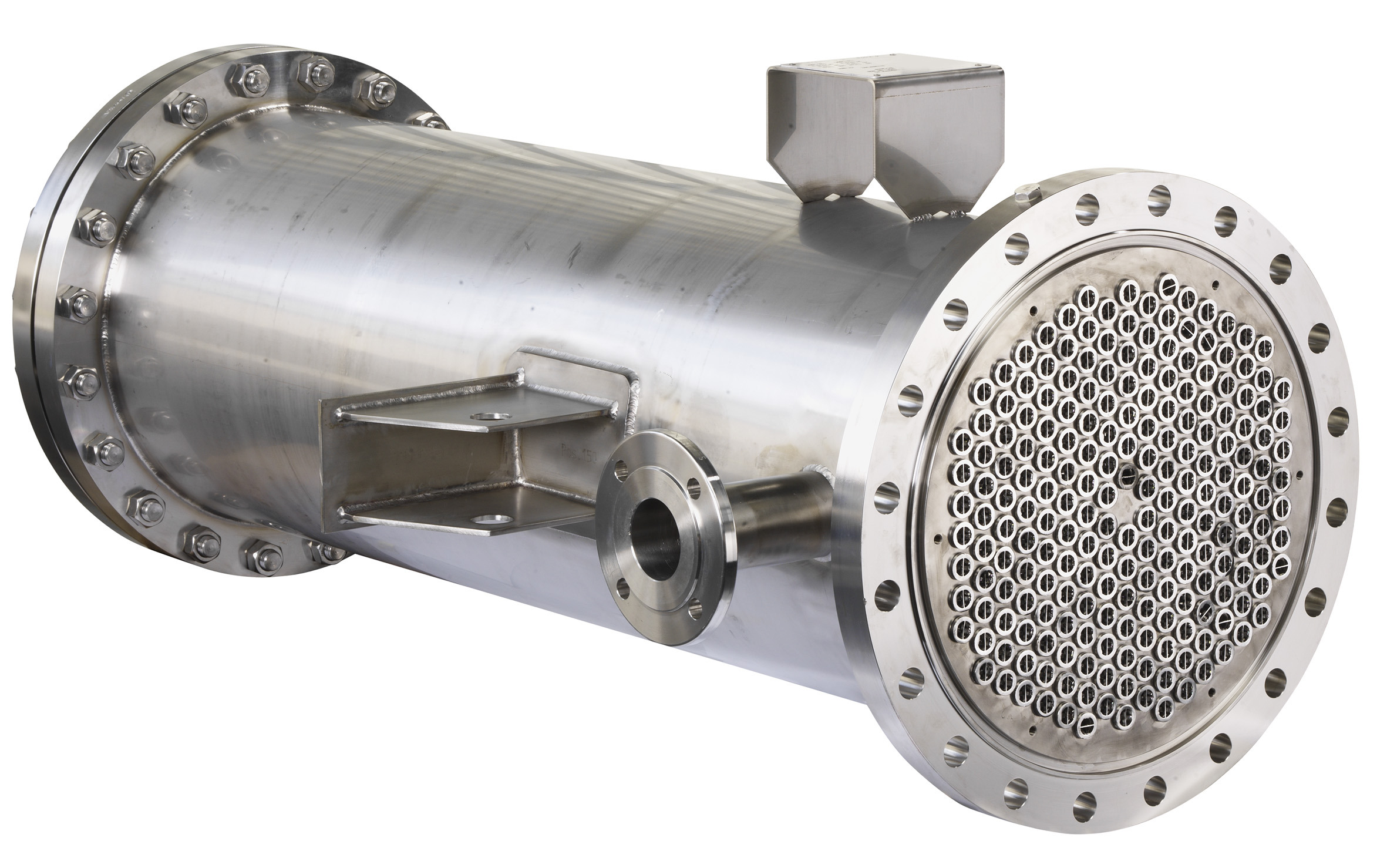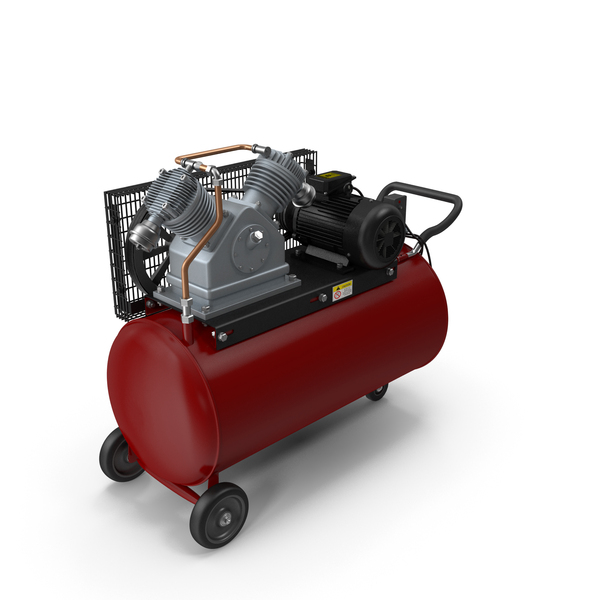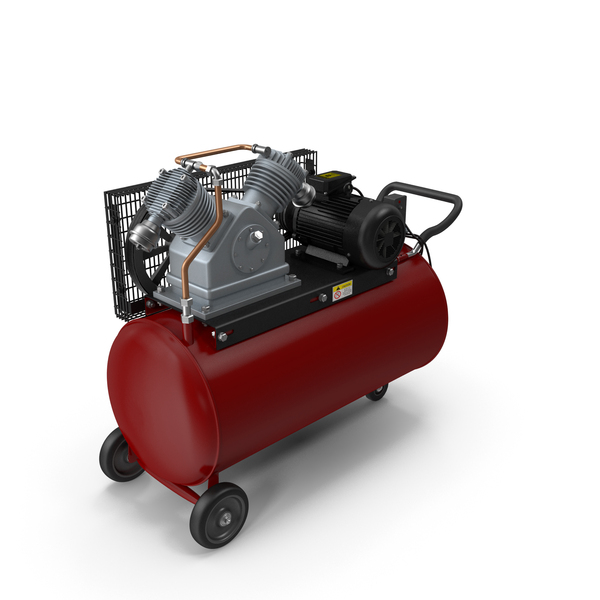Is Latin America Ready for the Warehouse Robotics Revolution? Market Trends and Growth Opportunities

Strong 8k brings an ultra-HD IPTV experience to your living room and your pocket.
Introduction: The Rise of Automation in Latin American Logistics
The Latin America Warehouse Robotics Market is experiencing unprecedented growth as the region's e-commerce sector expands and supply chain demands intensify. With global e-commerce giants like Amazon and Mercado Libre expanding operations across the region, and local retailers racing to compete, warehouse automation has become a critical differentiator for logistics efficiency.
This comprehensive analysis examines the current state of warehouse robotics adoption across Latin America, key market drivers, challenges unique to the region, and future growth potential through 2030.
Section 1: Market Overview and Current Adoption
Country-Level Adoption Trends
Brazil (40% market share)
Leads region in robotic implementations
Major deployments by Mercado Libre, Amazon Brazil
Mexico (30% market share)
Manufacturing boom driving demand
Nearshoring benefits accelerating adoption
Chile (15% market share)
Advanced logistics infrastructure
Strong government support for automation
Argentina & Colombia (15% combined)
Emerging markets with high growth potential
Early-stage implementations gaining traction
Section 2: Key Market Drivers
E-Commerce Explosion
Regional e-commerce growth: 35% year-over-year
Mercado Libre processing 2 million+ daily orders
Demand for same/next-day delivery pushing automation needs
Labor Challenges
Rising warehouse labor costs (18% increase since 2020)
High employee turnover rates (45% annually)
Difficulty finding skilled labor for manual operations
Global Supply Chain Pressures
Nearshoring trends bringing more manufacturing to Mexico
Need for faster, more accurate order fulfillment
Inventory optimization requirements
Section 3: Robotics Solutions Gaining Traction
Automated Guided Vehicles (AGVs)
60% of current implementations
Ideal for Latin American warehouse layouts
Average cost: $50,000-$100,000 per unit
Autonomous Mobile Robots (AMRs)
Flexible deployment advantages
Major providers: Locus Robotics, GreyOrange
Automated Storage/Retrieval Systems (AS/RS)
High-density storage solutions
Gaining popularity in urban fulfillment centers
30% space utilization improvement
Collaborative Robots (Cobots)
Working alongside human employees
Picking/packing applications
Lower upfront costs attractive for SMEs
Section 4: Implementation Challenges
Infrastructure Limitations
40% of warehouses require upgrades for robotics
Power reliability issues in some regions
Space constraints in urban fulfillment centers
Financial Barriers
High upfront investment costs
Limited financing options
ROI timelines concern for local operators
Workforce Adaptation
Resistance to automation from labor unions
Retraining requirements
Cultural preference for manual processes
Regulatory Environment
Lack of standardized safety regulations
Customs challenges for importing equipment
Varying compliance requirements across countries
Section 5: Case Studies of Successful Deployments
Mercado Libre's Automated Fulfillment
500+ robots across regional warehouses
70% increase in processing capacity
30% reduction in operational costs
Amazon Brazil's Robotics Hub
First Latin American automated fulfillment center
1,000+ drive units in operation
3x faster order processing
FEMSA's Beverage Distribution
Automated Coca-Cola distribution centers
40% improvement in loading efficiency
25% reduction in product damage
Section 6: Emerging Technologies and Future Outlook
AI-Powered Robotics
Machine learning for dynamic picking paths
Predictive maintenance capabilities
Adaptive learning systems
Swarm Robotics
Coordinated multi-robot systems
Scalable solutions for seasonal peaks
Emerging applications in sorting
5G-Enabled Automation
Real-time data transmission
Enhanced coordination capabilities
Remote monitoring advantages
Market Projections Through 2030
Brazil to maintain leadership position
Mexico to show fastest growth
Chile to emerge as automation hub
70% of large warehouses to implement some robotics
Section 7: Strategic Recommendations
For Warehouse Operators
Start with pilot programs in high-ROI areas
Consider Robotics-as-a-Service (RaaS) models
Prioritize workforce transition planning
For Technology Providers
Develop Latin America-specific solutions
Offer flexible financing options
Build local service/support networks
For Policymakers
Create incentives for automation adoption
Develop standardized safety regulations
Invest in technical education programs
Conclusion: A Transformative Decade Ahead
The Latin America warehouse robotics market stands at an inflection point, with strong growth fundamentals and increasing competitive pressures driving adoption. While challenges remain, particularly around infrastructure and workforce adaptation, the region is poised for significant automation growth in the coming years.
Companies that strategically implement warehouse robotics solutions today will gain substantial competitive advantages in efficiency, accuracy, and scalability. As global e-commerce standards continue rising, Latin American logistics operators must automate to remain competitive in both domestic and international markets.
Note: IndiBlogHub features both user-submitted and editorial content. We do not verify third-party contributions. Read our Disclaimer and Privacy Policyfor details.







